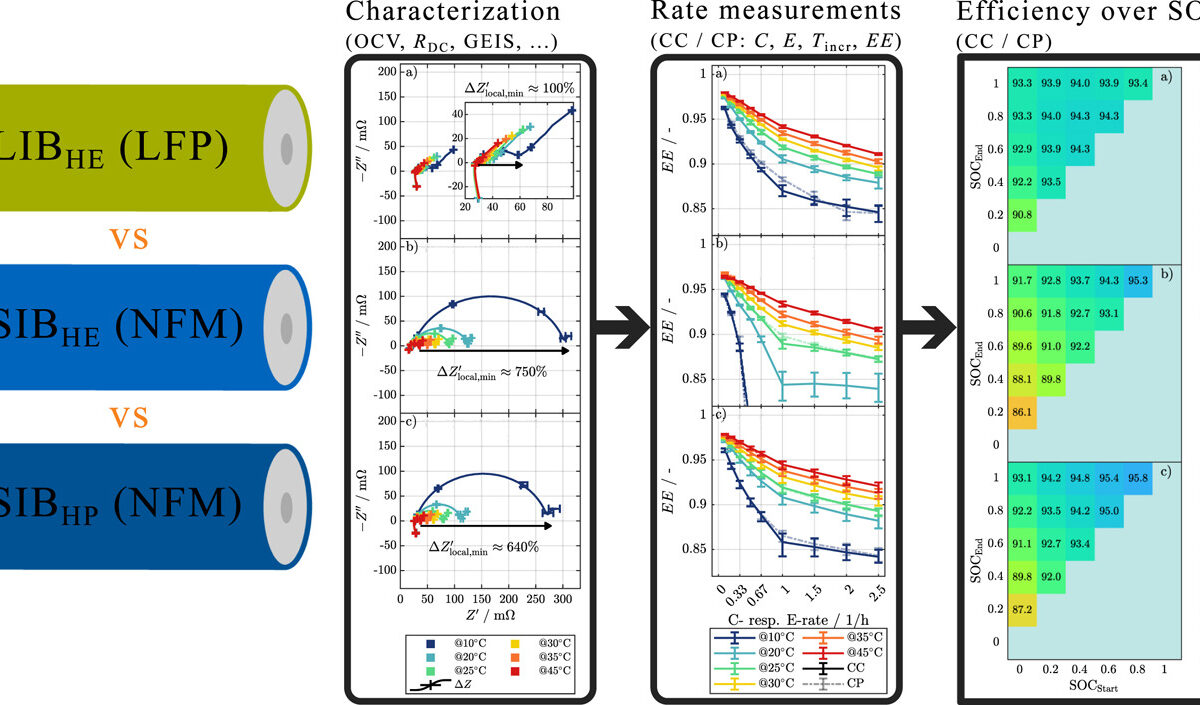The European solar energy association SolarPower Europe has released the report “PV Financing” which provides a series of recommendations for the further development of solar across the European Union. The recommendations are intended to improve the revision of the EU Renewable Energy Directive, which will be included in the so-called Winter Package, whose preliminary version was presented by the European Commission in late 2016. The package provides the future energy market design of the EU and a set of principles for the transition to a clean energy economy both at EU and national level.
The association said that priority number one for the future of solar in the EU is the definition of new financing mechanisms, especially for PV projects backed by long-term loans. SolarPower Europe suggests that a new EU-level financial instrument to reduce the cost of finance, which usually represents about a third of the typical Levelised Cost of Electricity (LCOE) for solar, is necessary. The organization, in fact, claims that the cost of capital for PV projects across the EU can vary considerably between countries.
This issue could be addressed, SolarPower Europe finds, by adopting the EU Renewable Energy Cost Reduction Facility proposed by German think-tank Agora Energiewende. If implemented, this proposal would assign a major role to the European Investment Bank (EIB), which would back specific national support schemes. Bilateral agreements between the EIB and member states would offer developers the guarantee that the bank would pay the promised subsidy, if a member state failed to make the payment. If this were to happen, however, the EIB would be entitled to reclaim the unpaid sum from the member state.
“The contract between the EIB and the Member State,” the association added, “would also cover non-financial aspects of the regulatory framework for renewables in that country, i.e. permit granting and grid connections, and could set a maximum volume of projects in MW that would be covered under the mechanism so as to cap the maximum liability.”
The report also provides recommendations on how to avoid retroactive policies, grid-fees, and on how to ensure that solar is not subject to unfair curtailment. Moreover, the report suggests actions on how to promote self-consumption and net metering, to encourage PPAs and the mini-utility model.
“The policy outlook is broadly positive for solar at EU level thanks to the publication of the Clean Energy for all Europeans package. By mid-2018 there should be clarity on what the EU-level regulatory framework is going to be over the next ten years or so, and we hope some of the barriers above will have been removed. This should help shape a positive framework for solar at national level,” concluded SolarPower Europe in its report.
This content is protected by copyright and may not be reused. If you want to cooperate with us and would like to reuse some of our content, please contact: editors@pv-magazine.com.




By submitting this form you agree to pv magazine using your data for the purposes of publishing your comment.
Your personal data will only be disclosed or otherwise transmitted to third parties for the purposes of spam filtering or if this is necessary for technical maintenance of the website. Any other transfer to third parties will not take place unless this is justified on the basis of applicable data protection regulations or if pv magazine is legally obliged to do so.
You may revoke this consent at any time with effect for the future, in which case your personal data will be deleted immediately. Otherwise, your data will be deleted if pv magazine has processed your request or the purpose of data storage is fulfilled.
Further information on data privacy can be found in our Data Protection Policy.